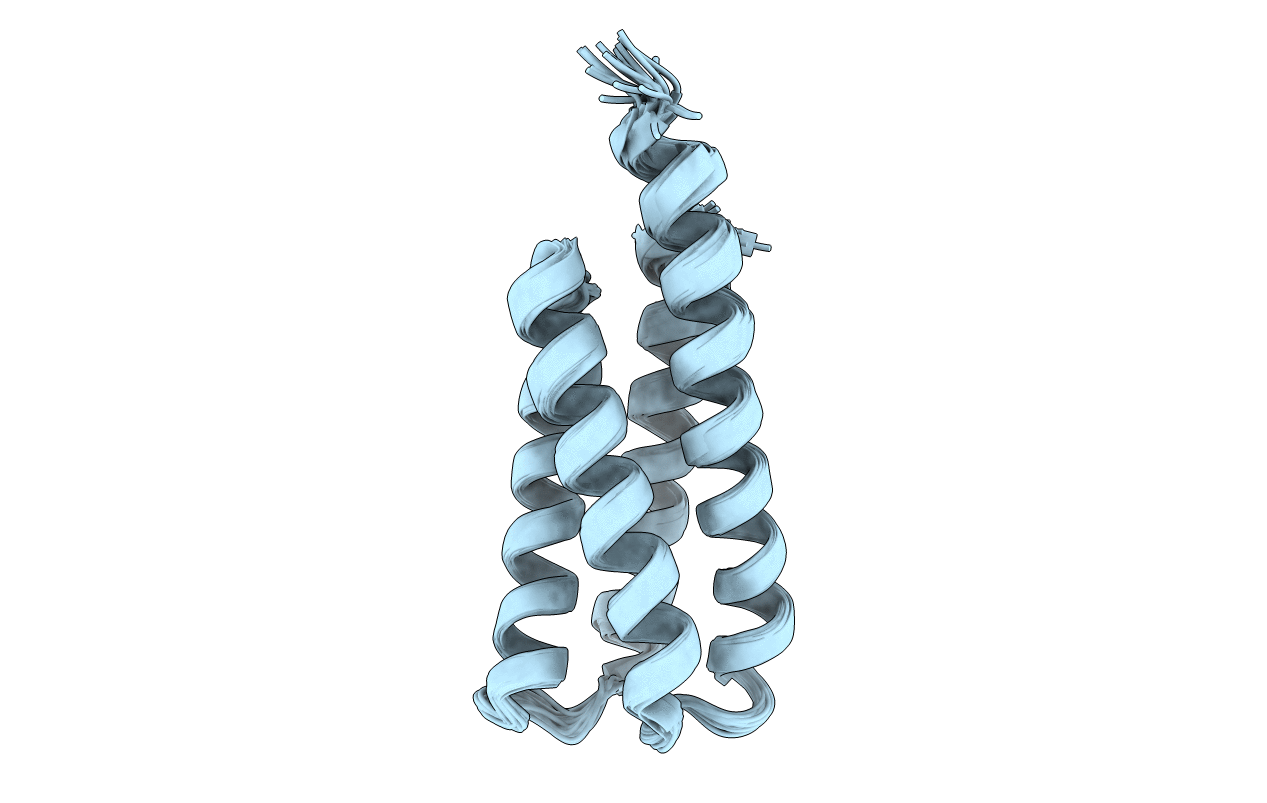
Deposition Date
2021-11-29
Release Date
2022-03-02
Last Version Date
2024-05-15
Entry Detail
PDB ID:
7T03
Keywords:
Title:
NMR structure of a designed cold unfolding four helix bundle
Biological Source:
Source Organism:
synthetic construct (Taxon ID: 32630)
Host Organism:
Method Details:
Experimental Method:
Conformers Calculated:
100
Conformers Submitted:
20
Selection Criteria:
structures with the lowest energy


